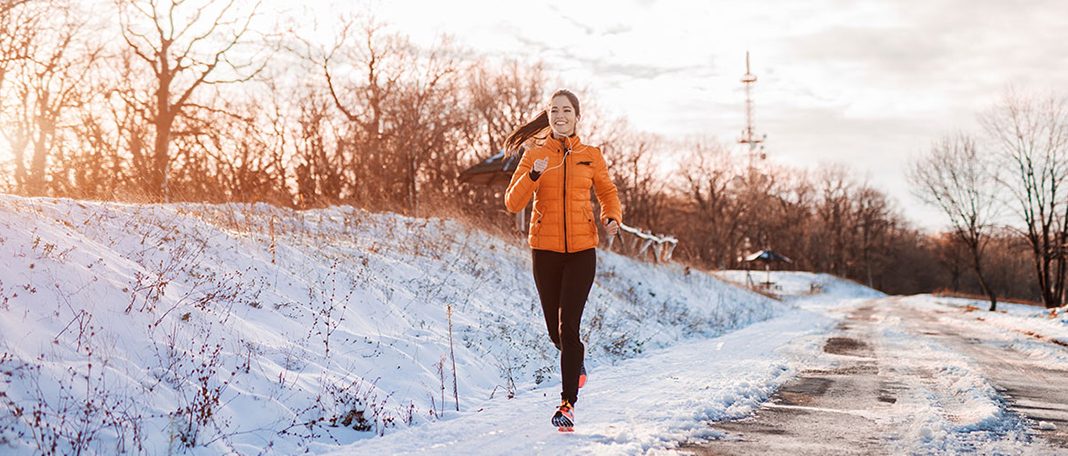During winter, the temperature drops and we might not feel like working out in cold weather. But many of you might not know that this would be the perfect time of the year to burn more calories.
Studies say that working out in cold weather helps you burn more calories. But are you wondering whether working out in cold weather is really beneficial? Keep on reading!
A recent study shows that people who hiked in 15 to 23 degree temperatures burned 34 percent more calories than those who hiked in the mid-50s.
Cara Ocobock of the University at Albany says that cold is much more metabolically expensive.
Cold bodies use more energy in order to keep themselves warm than the warm bodies.
You must know about a concept called thermogenesis to understand the idea behind this concept. Our bodies create heat when it is cold in order to keep ourselves warm.
Shivering:
Have you ever wondered why we shiver in low temperatures? It is because your muscles contract to generate heat/warmth and defend your body temperature which is usually 98.6 degrees Fahrenheit.
Brown Fat:
Humans have two different types of fat cells, brown fat and white fat. Usually, the white fat cells store the energy from the food we eat. Your body might also activate “brown fat” that is responsible for heat production. Brown fat burns calories to generate heat. But when the brown fat is activated, it can only stay active for a few hours and not permanently, says Dr. C. Ronald Kahn.
A recent study has shown that the cold temperature allows you to shiver and generate more brown fat and helps burn calories.
Exercising usually produces a lot of heat on its own. Once you start working out in cold weather or involve in activities such as skiing, your body automatically generates heat because of those physical activities. Even if you do not produce enough heat through brown fat or shivering, exercising can give you sufficient heat your body needs.
Three major ways how your body might burn calories:
- The basal metabolic rate
The basal metabolic rate is responsible for 60 to 80 percent of the total energy expenditure. Sleeping in a cold room can increase your basal metabolic rate allowing you to burn more calories.
- The energy used to break down food
This accounts for only 10 percent.
- The energy used in doing physical activities
10 to 30 percent for physical activities.
Thermogenesis accounts for less than five or 10 percent of your total energy expenditure. The chill weather can increase thermogenesis by 30 percent.
Basically, all forms of movements are healthy. You can follow some at-home gym alternative workouts. Other activities like walking, jogging, skiing, or snowshoeing might also help.
However, if you are heading out in the frosty environment might lead to poor footing and a greater risk of falling. Start with a slow stretch, give your body the time to adjust to the environment, and start working out!


















